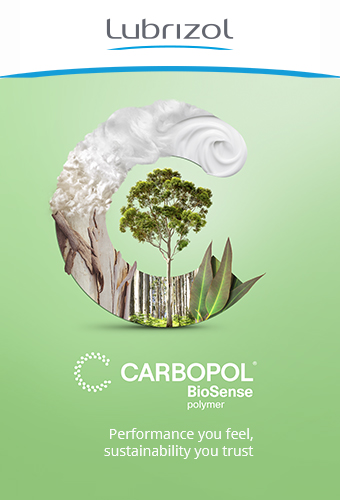The Environmental Protection Authority (EPA) of New Zealand, which regulates potentially dangerous ingredients in cosmetic products, has updated the Cosmetic Products Group Standard. This standard covers substances that are prohibited or which use is restricted in cosmetic products, it is closely based on European Union (EU) legislation [1].
The recent amendments include aligning the definitions of some cosmetic products with EU legislation and requiring manufacturers to provide batch and source code information on cosmetic labels, helpful for identifying products subject to a recall.
In addition, the substance o-aminophenol has been prohibited in hair dyes, based on a lack of information available to determine how safe it is. A 12-month implementation period will ensure phase out of the product.
Another amendment means from 1 July 2015, the presence of nanomaterials [2] in cosmetic products available in New Zealand must be identified on labelling.
“The European Commission has proposed that the regulations relating to nanomaterials in cosmetics should be regularly reviewed, and that a catalogue of nanomaterials will be publicly available from January 2014. The decision to implement this requirement is consistent with the Hazardous Substances and New Organisms Act, which states the need for caution in managing adverse effects where there is scientific and technical uncertainty about those effects. The EU Cosmetic Regulation identifies that there is insufficient information available on the risks associated with nanomaterials,” explains the EPA.
The EPA also adopted an amendment following discrepancies in the terminology used in the group standard that was noted by companies submitting their products. Therefore the term ‘nanoparticle’ is replaced by the term ‘nanomaterial’ in the group standard, to align with EU regulation.
The Cosmetic Products Group Standard (amended July 2012) is available here below:
It can also be downloaded from the EPA’s website at: www.epa.govt.nz



































